When installing a transformer, it's crucial to follow a structured approach to ensure safety and functionality. Begin with securing a strong foundation, which is essential for maintaining the transformer's stability and performance. Inspect the seal thoroughly to prevent any potential leaks or contamination.
Next, ensure all external electrical connections are secure and correct to prevent electrical hazards. Once connections are verified, close the transformer cabinet to protect its internal components from environmental factors.
A final inspection is imperative to confirm that all steps of the installation have been followed correctly. This includes checking that the transformer is properly grounded, as this is a critical safety measure to prevent electrical shocks and ensure safe operation.
During the installation, adhere to all safety operation procedures, such as proper storage, handling, and maintenance protocols. Grounding and system loading should be performed according to the manufacturer's specifications to avoid overloading the transformer.
Regular maintenance is necessary to ensure the transformer's longevity and reliability. This includes periodic inspections by qualified electricians, choosing the right nominal power, verifying the power factor for the load, and validating the input-output voltage to ensure the transformer operates within its designed parameters.



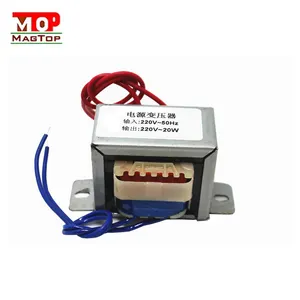

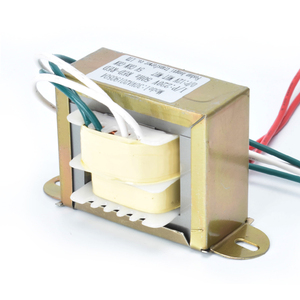

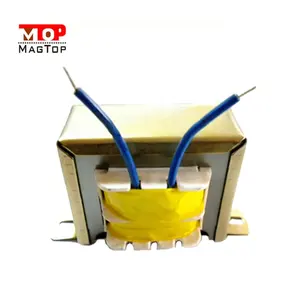



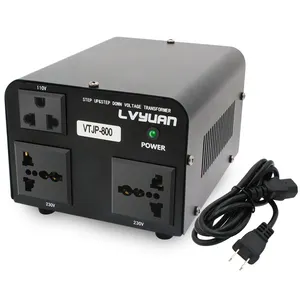







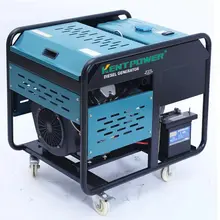
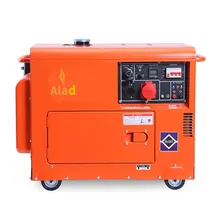
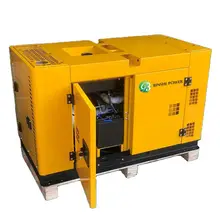
















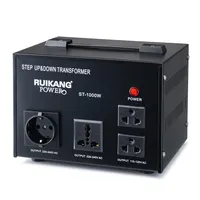








 浙公网安备 33010002000092号
浙公网安备 33010002000092号 浙B2-20120091-4
浙B2-20120091-4